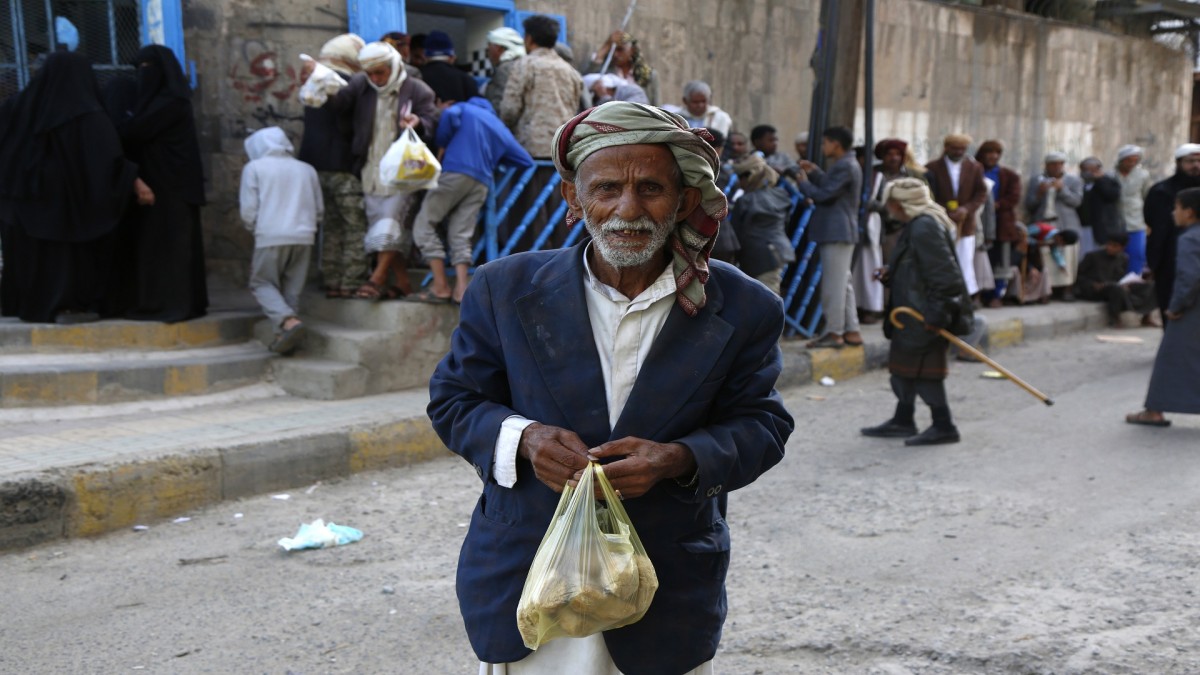World Food: 5.8 million people in Houthi-controlled areas suffer from severe food deprivation


A UN analysis reported that approximately 6 million people in areas controlled by the Houthi group, in northern Yemen, are suffering from severe food deprivation as a result of the temporary cessation of food aid for about five months.
The World Food Program (WFP), in an analysis assessing the impact of the general cessation of food aid in northern Yemen, which it issued today, Thursday: “The temporary cessation of food aid distribution in Houthi-controlled areas in the north of the country since last December has led to a significant deterioration.” in the level of food consumption among previous beneficiaries of this aid by February 2024.”
The analysis added that 61% of the families included in the analytical study and who were receiving aid from the World Food Programme, have become suffering from severe food deprivation as a result of the cessation of the distribution of this aid, which is equivalent to 5.8 million people out of about 9.5 million beneficiaries in the governorates of northern Yemen. .
The World Food Organization indicated that the spread of poor food consumption among former beneficiaries of aid has reached alarming levels in some governorates located in the north of the country, led by Hajjah Governorate, with 165% of the population facing poor food consumption, followed by Al Mahwit, with 106%. Then Dhamar (95%), Al-Hudaydah (84%), Sanaa (80%), Amran (61%), Al-Bayda (57%), Al-Jawf (56%), and Sanaa City (24%).
The analysis showed that the displaced are among the groups most affected by the cessation of aid, especially in Amran Governorate, which hosts a large number of them, “where the prevalence of poor food consumption among displaced families rose to 41% in February 2024 compared to 25% in November 2023.” ".
It is noteworthy that the analytical study relied on the answers of a sample of 1,367 families from 15 different governorates. The study extended during the period between November 2023 and February 2024, and monitored variables in food security indicators, the degree of food consumption, nutritional quality, adaptation strategy, and livelihoods, in addition to data on Household debts and sources of income, before and after the cessation of food aid.